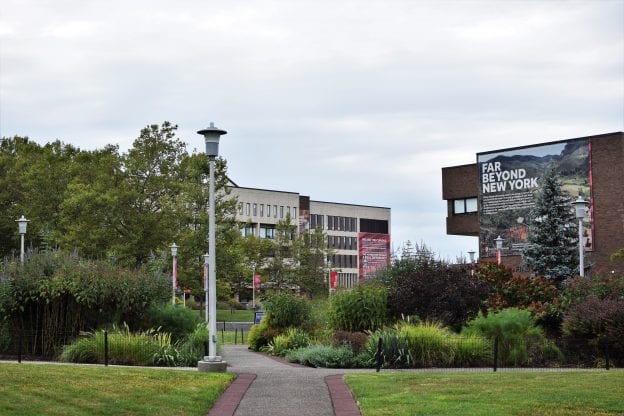
John Neri is a sophomore journalism major.
Stony Brook University is, educationally, a very diverse campus. Being the first college campus I had ever visited, the unique buildings dedicated to each field of study amazed me. The pre-pandemic statistics of the university left me with the thought that SBU must be a densely populated, bustling campus filled with people studying dozens of majors. And I was right.
I used to be a biochemistry major, but now I’m pursuing a journalism degree. As a humanities major, I can still make friends, join clubs and find a place in the university community. I wouldn’t say SBU has a science, technology, engineering and mathematics (STEM) bias; rather, both STEM and humanities students have access to adequate resources for their respective fields of study.
In its advertisements, Stony Brook highlights the breadth of its 200 plus majors and its acceptance and inclusion of people from all walks of life. It is commonly known on Long Island as the most well-rounded university for the price. This is how the University was portrayed in conversations in my high school and at college fairs I attended. These strengths are meant to attract new students, and I would say that the ads speak the truth.
There are a diverse amount of classes for each field, as well as many clubs and events being held week by week for anyone to enjoy to their own individual preferences. STEM majors have an abundance of research opportunities, while humanities majors have prestigious clubs that build their resumes.
There are large arts and humanities buildings on campus that accompany their STEM counterparts such as the humanities building near the academic mall and the Staller Center for the Arts. If someone were to claim that only STEM students were catered to, I would direct them to the Staller Center for the Arts, where they would be blown away by a performance or display; Stony Brook University’s determination to include high-quality theater and music on a predominantly STEM campus shows their commitment to a diverse educational environment.
Even during the pandemic, when I lived in the dorm in Fall 2020, there were things to do on campus and ways to meet others, regardless of your field of study. I have been taking online classes since then, and I have been using websites such as Reddit, GroupMe and Discord to get information and connect with people. There are also a handful of phone apps you could download that are specific to SBU that provide information and services. In the App Store, there are Stony Brook Campus Card, SBU Transit and SBU Recreation and Wellness, to name a few. Using these apps allows students to find their own community, allowing humanities majors to also find their niche in the sea of STEM students.
As a journalism major and member of the arts and humanities community, I would say that the greatest resources are professors and the clubs associated with a major.
When I switched to journalism, my professors were very supportive and gave me great feedback on all of my assignments. One of them recommended I join the Stony Brook Chapter of the Society of Professional Journalists, as well as The Statesman, and he definitely helped me qualify for each of these groups. I feel included because I’m in classes with dozens of other excellent writers and artists with whom I can empathize, as well as helpful and understanding professors.
With everything considered, I do not think SBU is tough for arts and humanities majors in terms of STEM bias. I think we can network and fit in using our classes, clubs, apps or the internet. Choosing colleges based on the potential that you see in them for a particular major is a regular practice. SBU students are given many tools that we can use to get involved on campus and I believe it is an even field for all of us, regardless of major.










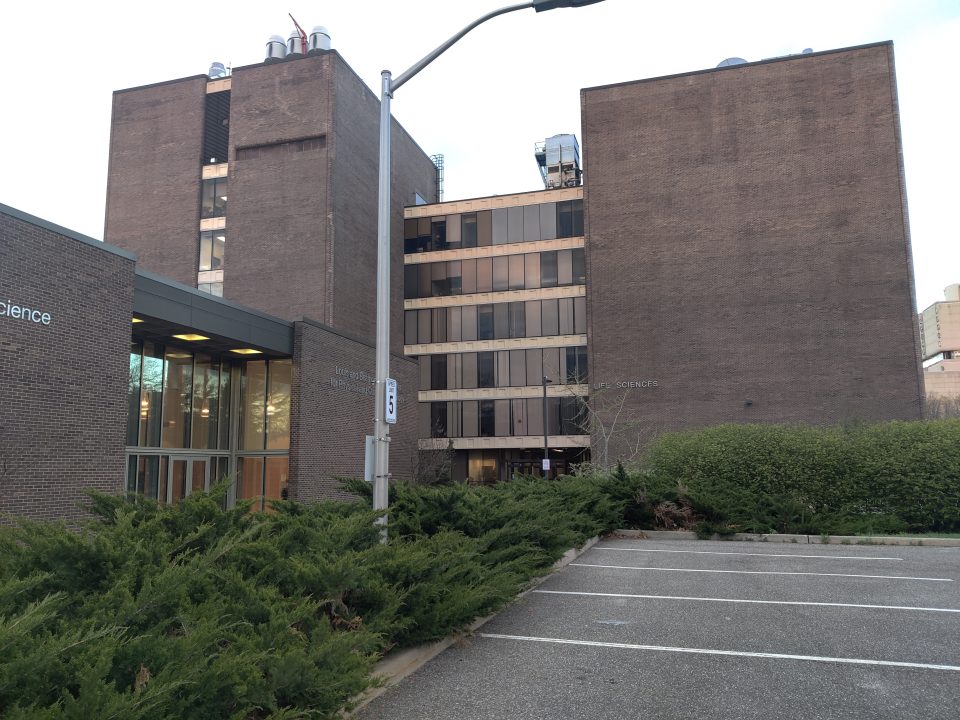




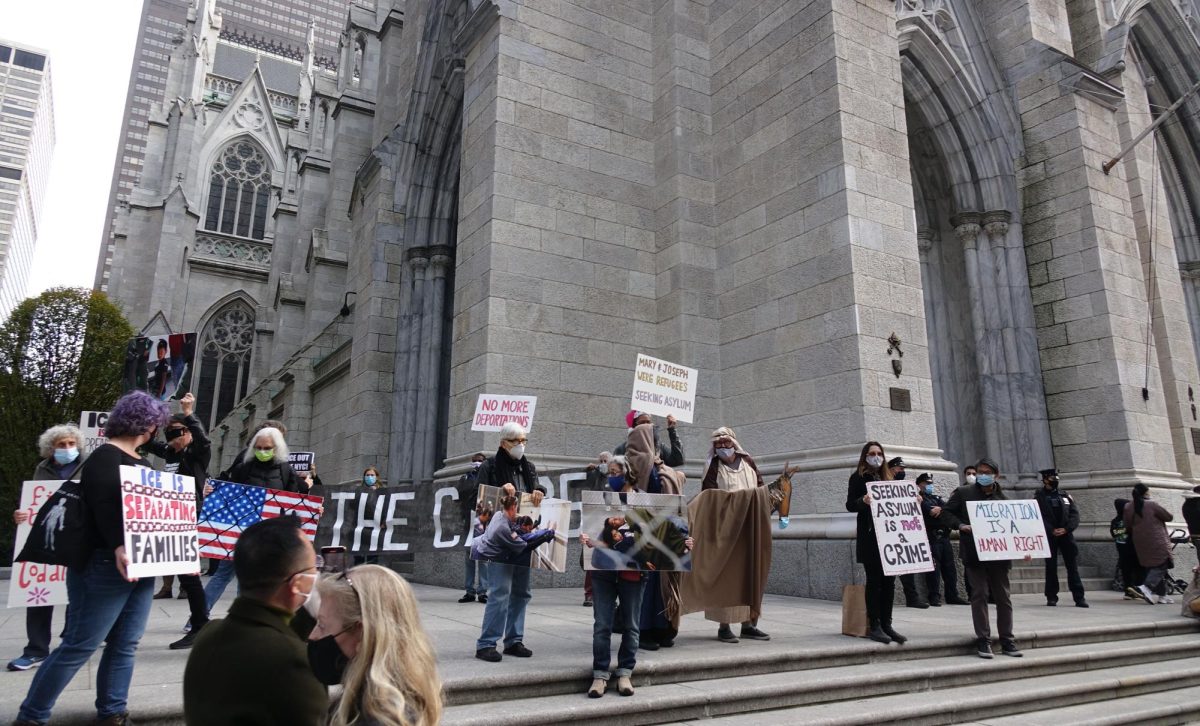
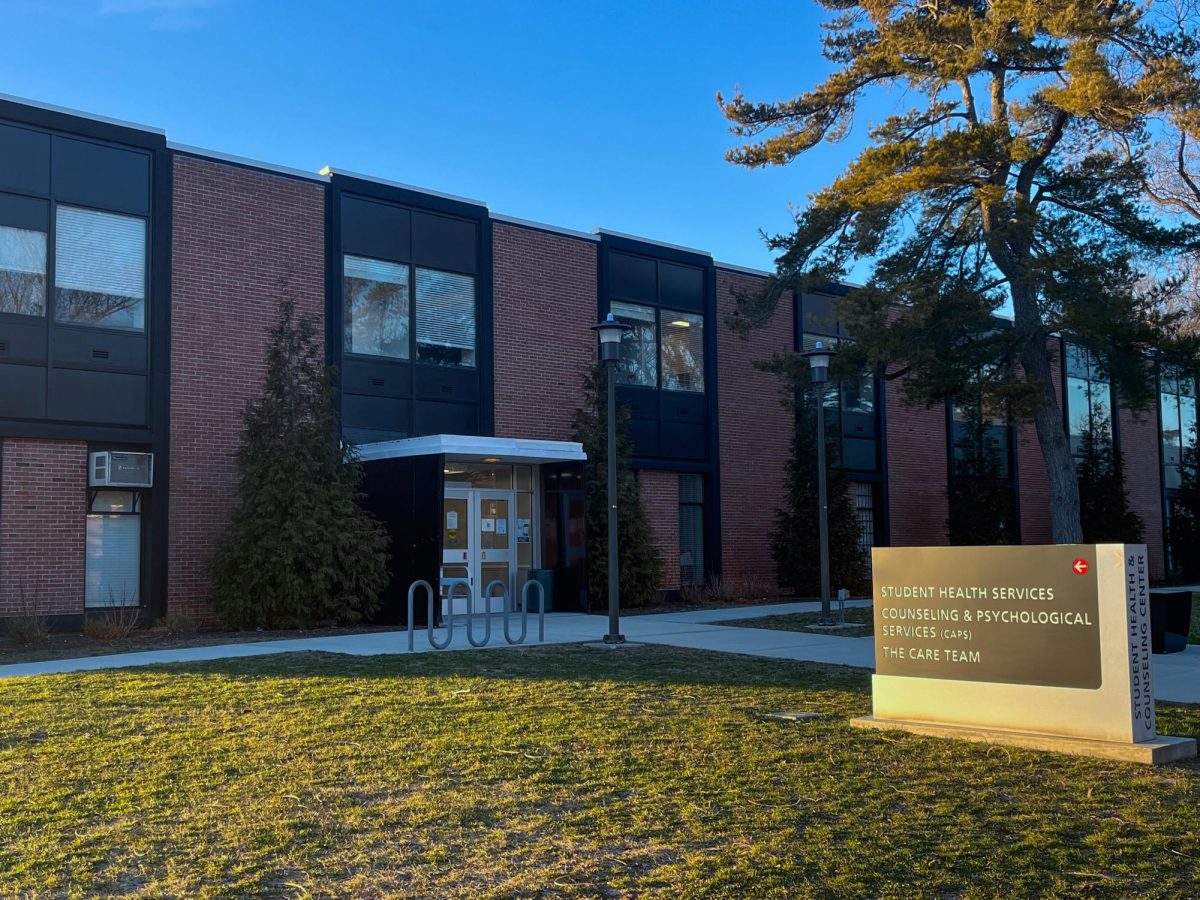


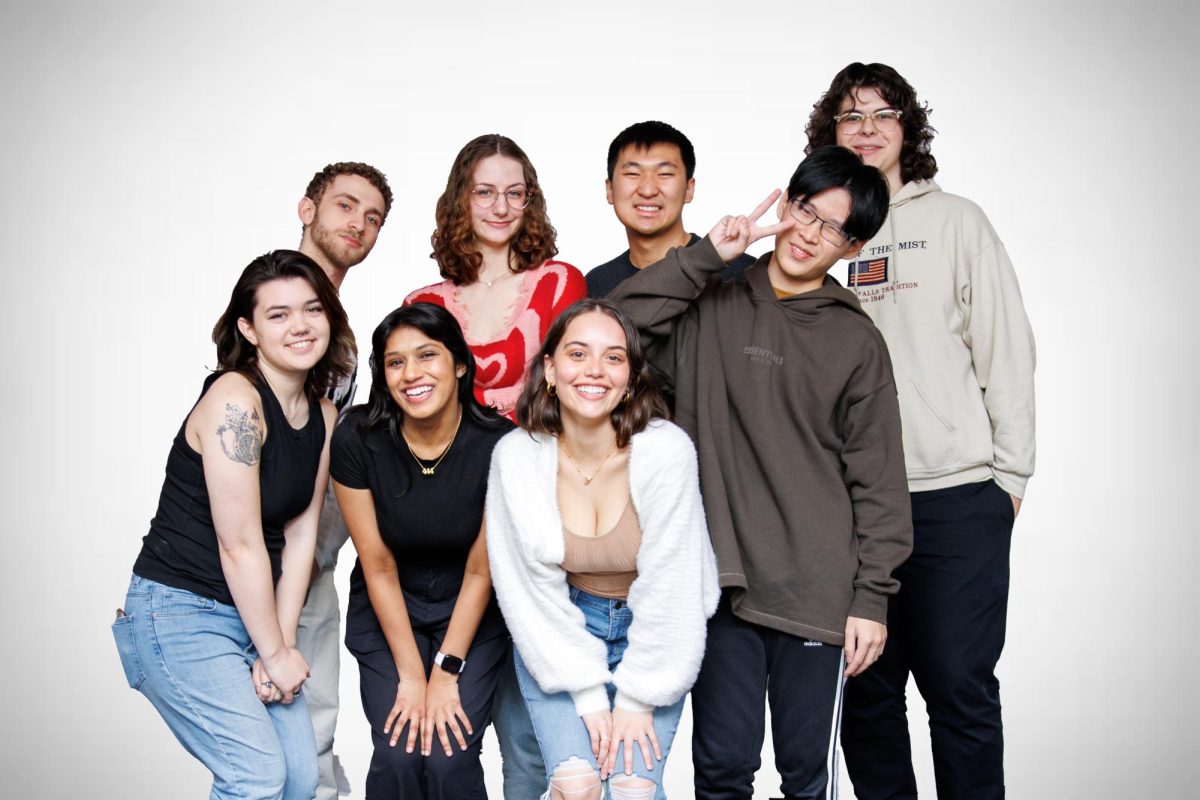


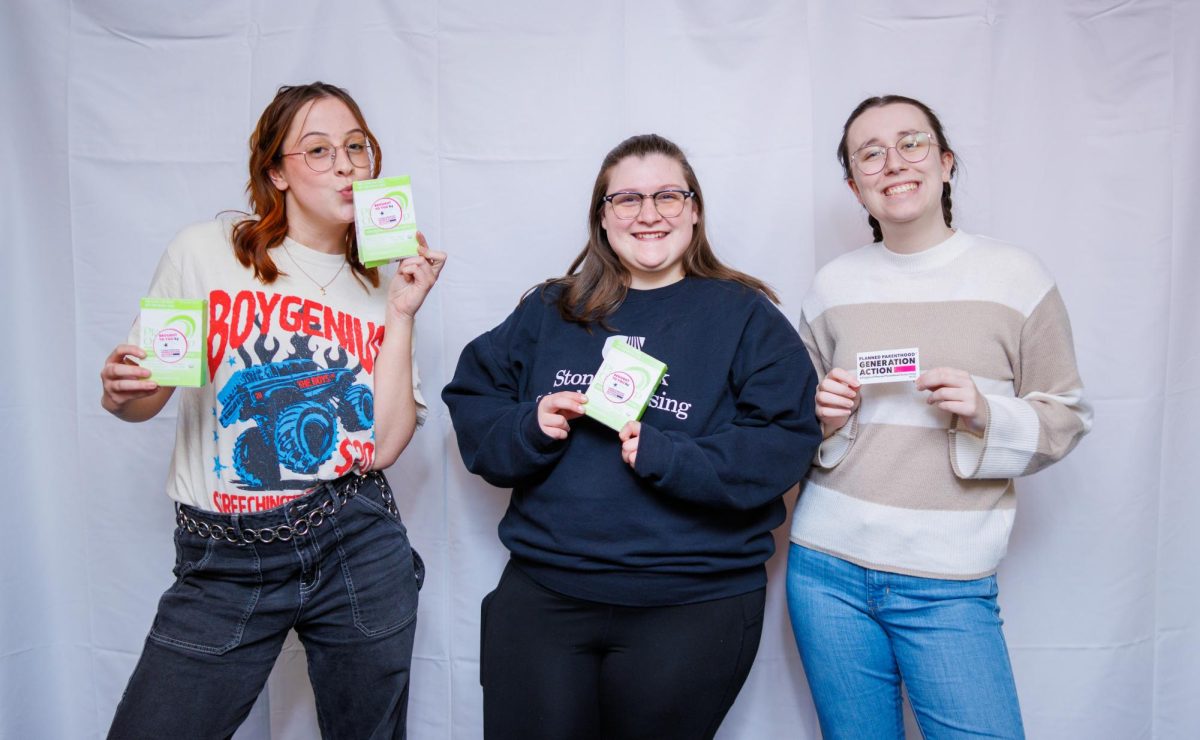


Supportive Reader • Oct 13, 2021 at 10:16 pm
I agree with this, Stony Brook feels very welcoming to both humanities and stem!